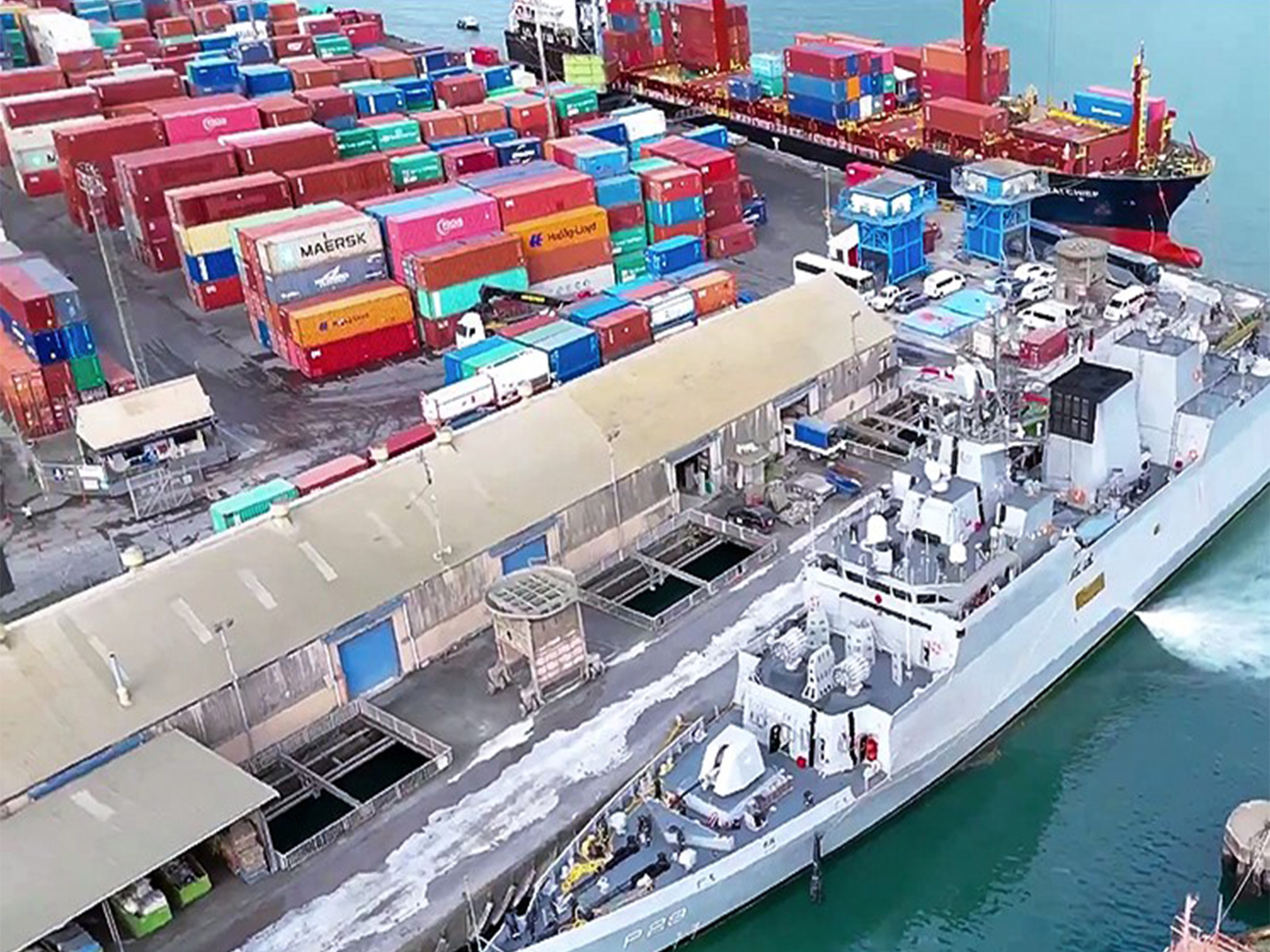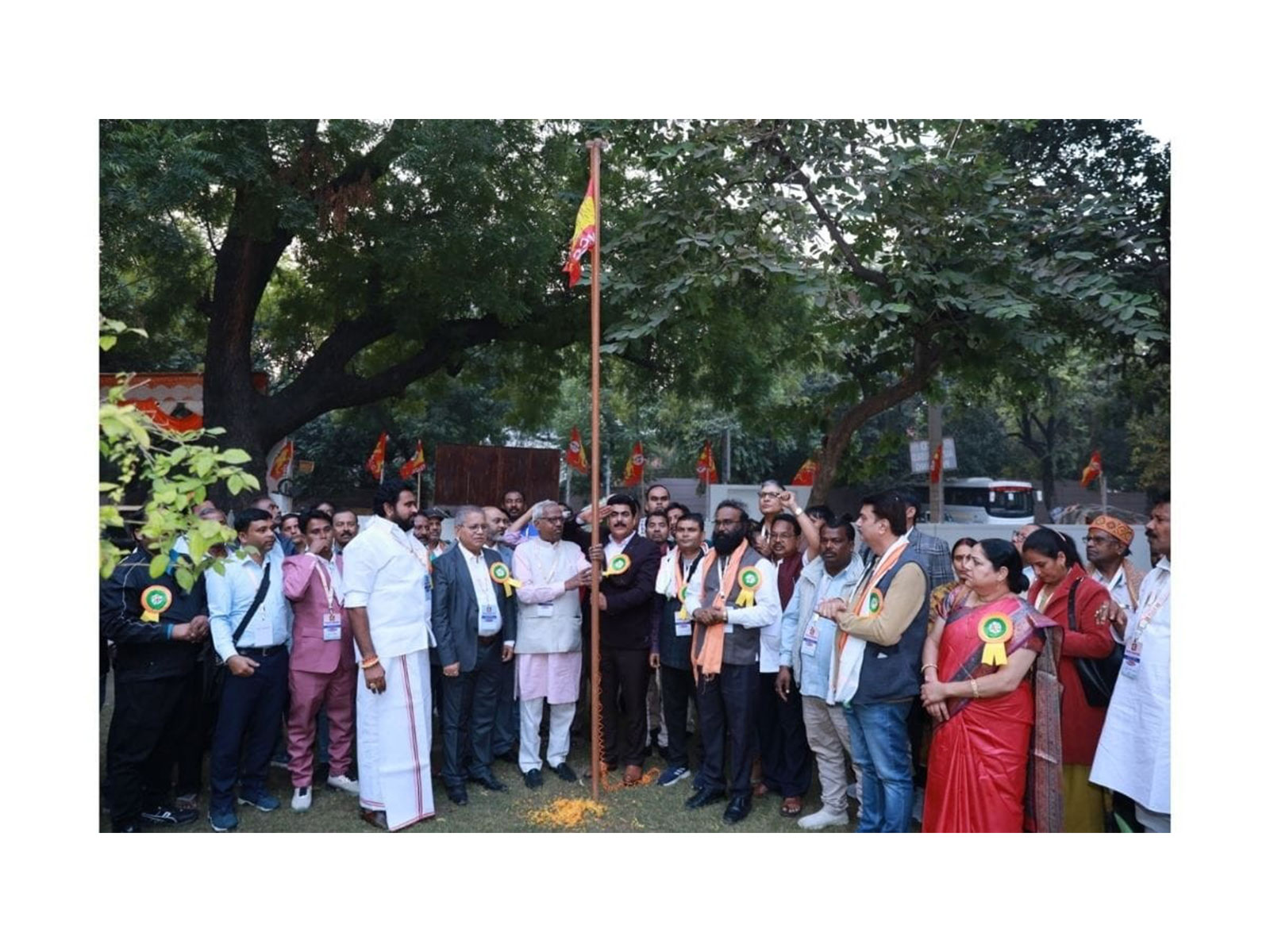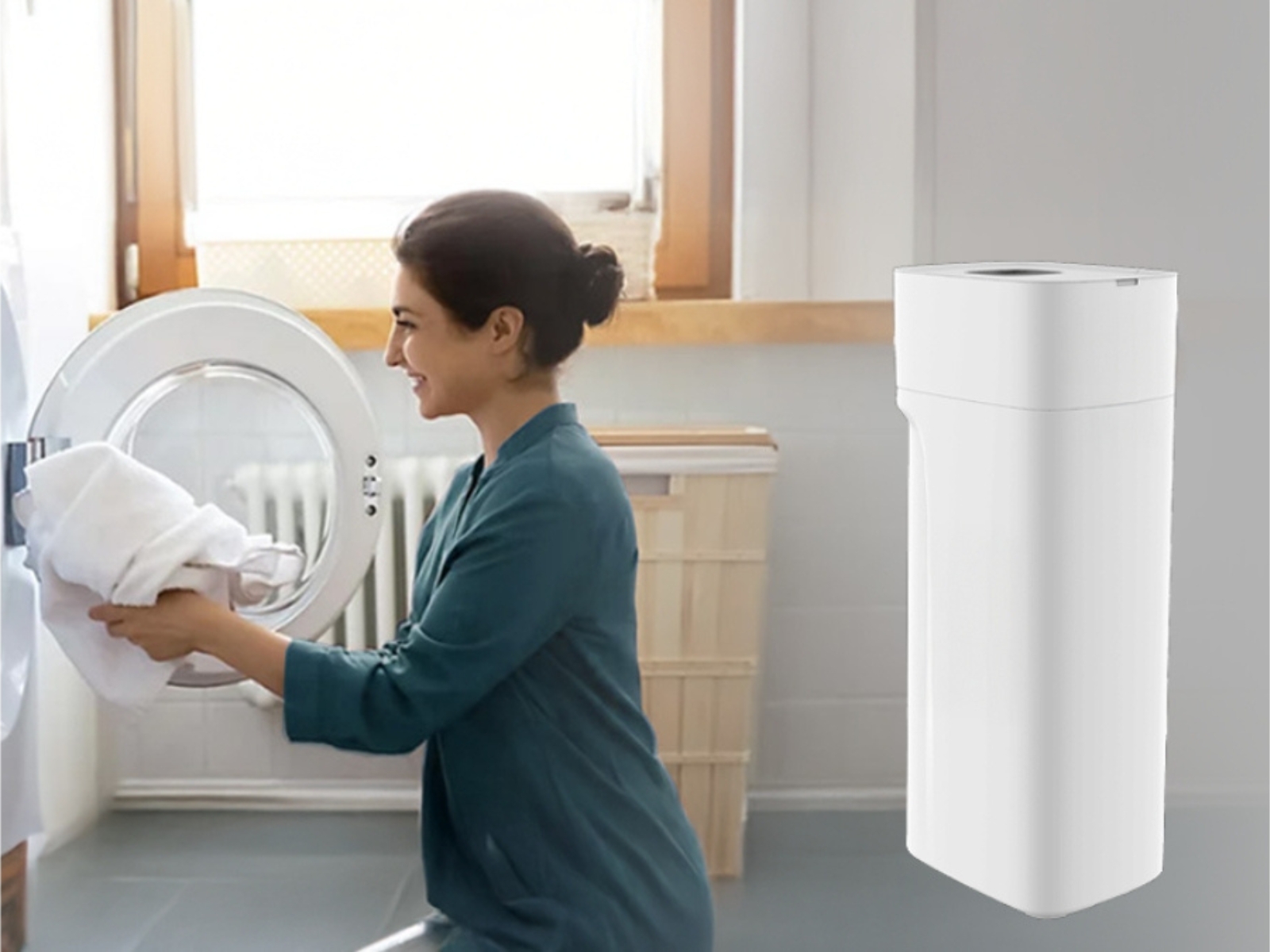New Delhi [India], November 18 (ANI): India’s growth drivers are set to shift in second quarter (Q2) of FY2026, with industry expected to outpace services for the first time in four quarters, even as overall GDP expansion moderates, according to credit rating agency ICRA.
The rating agency expects GDP growth to ease to 7.0 per cent year-on-year from 7.8 per cent in Q1 FY2026, with Gross Value Added (GVA) growth likely to dip slightly to 7.1 per cent from 7.6 per cent.
ICRA stated that while the services and agriculture sectors are expected to lose some momentum, a strengthening industrial performance, driven by manufacturing, construction, and favourable base effects, is anticipated to underpin the quarter’s economic activity.
ICRA expects net indirect taxes in nominal terms to contract on a year-on-year basis in Q2 FY2026, after a 9.5 per cent rise in Q1. The decline is driven by the Government of India’s indirect taxes, which are projected at -5.2 per cent compared with 11.3 per cent in the previous quarter, alongside a shallower contraction in subsidies at -4.6 per cent versus -7.3 per cent in Q1.
As a result, the gap between GDP and GVA growth is likely to return to negative territory at around 10 basis points in Q2 FY2026, after being positive at 18 basis points in the preceding quarter.
Aditi Nayar, Chief Economist, Head-Research & Outreach, ICRA, said, “A lower YoY rise in Government spending is likely to weigh on the pace of the GDP and GVA growth in Q2 FY2026 compared to Q1 FY2026.”
“However, inventory stocking related to the early onset of the festive season, enhanced by the GST-rationalisation induced volume pickup, and upfronting of exports to the US ahead of the tariffs, are expected to boost the performance of the manufacturing sector, and help industry GVA growth outpace that of the services after a gap of four quarters,” Nayar added.
“Unless the GoI’s capex allocation is enhanced and the tariff-related uncertainties ebb, the GDP growth appears set to ease below 7.0 per cent in H2 FY2026. While the well-timed GST rationalisation may result in a steady boost in volumes of consumer non-durables going ahead, consumer durables may see a trend of premiumisation instead of a sustenance of the spike in volumes that was seen during the festive season,” she noted.
On an enlarged base, the growth rate of the Government of India’s (GoI’s) gross capital expenditure moderated to 30.7 per cent in Q2 FY2026 (+10.3 per cent in Q2 FY2025) from 52.0 per cent in Q1 FY2026 (-35.0 per cent in Q1 FY2025). Simultaneously, in absolute terms, the monthly average capex rose to Rs. 1,019 billion in Q2 from Rs. 917 billion in Q1, despite the above-normal monsoons.
The agency added that based on the available data for 22 state governments, their aggregate capital outlay and net lending contracted by 4.6 per cent YoY in Q2 FY2026 (+7.3 per cent in Q2 FY2025), after the 23 per cent expansion in Q1 FY2026 (-19.1 per cent in Q1 FY2025), mainly reflecting the unfavourable base effect. On average, the monthly capex rose to Rs 544 billion in Q2 FY2026 from Rs 378 billion in Q1 FY2026, while being around half of the GoI’s level.
Further, the GoI’s non-interest revenue expenditure contracted by a sharp 11.2 per cent YoY in Q2 FY2026, against the 6.9 per cent uptick seen in Q1 FY2026. Besides, the YoY growth in the combined non-interest revenue expenditure of the aforementioned 22 state governments halved to 5.3 per cent in Q2 FY2026 from 10.9 per cent in Q1 FY2026.
The YoY expansion in India’s services exports eased to 8.7 per cent in Q2 FY2026 (absolute: USD 101.6 billion) from 10.1 per cent in Q1 FY2026 (USD 97.4 billion), the slowest pace of growth in six quarters. Overall, ICRA estimates the YoY growth in the services GVA to moderate to 7.4 per cent in Q2 FY2026 from the eight-quarter high of 9.3 per cent in Q1 FY2026, dampened by the lower expansion in Government spending and services exports.
Although the early onset of the monsoons and abundant rains supported kharif sowing, episodes of flooding in some parts of the country in August-September 2025 and untimely rains in October 2025 may have damaged the standing crops and/or delayed harvesting. While kharif sowing exceeded last year’s acreage, the adverse base is anticipated to keep the agri-GVA expansion at around 3.5 per cent in Q2 FY2026 (+4.1 per cent in Q2 FY2025), similar to 3.7 per cent in Q1 FY2026 (+1.5 per cent in Q1 FY2025).
ICRA pegs the industrial GVA growth to record a broad-based improvement to a five-quarter high of 7.8 per cent in Q2 FY2026 from 6.3 per cent in Q1 FY2026, supporting the overall GVA expansion in that quarter.
Besides, construction activity appears to have held up in Q2 FY2026, as evinced in the improvement in the construction/infrastructure goods’ output and the absolute increase in Government capex, notwithstanding the seasonal disruptions.
ICRA projects the construction GVA growth to rise slightly to 8.0 per cent in Q2 FY2026 from 7.6 per cent in Q1 FY2026. While the mining and electricity sectors are also expected to show an improvement in their YoY GVA performance in the quarter, owing to the favourable bases, growth trends are expected to remain tepid. (ANI)
Disclaimer: This story is auto-generated from a syndicated feed of ANI; only the image & headline may have been reworked by News Services Division of World News Network Inc Ltd and Palghar News and Pune News and World News
HINDI, MARATHI, GUJARATI, TAMIL, TELUGU, BENGALI, KANNADA, ORIYA, PUNJABI, URDU, MALAYALAM
For more details and packages
















